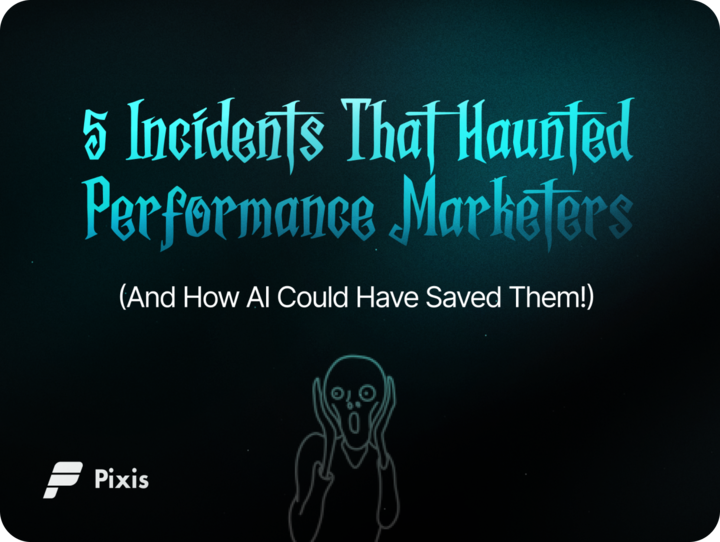Your 86 Seconds Guide To AI-Led Persuasion
Have you ever seen an ad that got your attention but at the wrong time or at the wrong platform? How many times have you caught yourself thinking the below thoughts?
Oh, I wish I had seen this earlier!
I just bought these, not from here though. Damn it!
Oh! This one is better than the one I got. Too late now I guess.
Maybe some other time.
These are consumers’ thoughts when they are shown the right product, with the best creative but at the wrong time or through the wrong channel.
Meanwhile, if a consumer sees a discounted burger ad on Instagram at 1 PM – they are more likely to order a meal by clicking on it.
Persuasion is important.
‘But persuasion at the right time, through the right channel with the contextually relevant creative is what gets leads and customers.‘
But this requires finding out the contextual relevant advertising channel for each consumer. Something that is impossible for a team of marketers that are already working overtime (we can’t empathize enough!).
Building persuasion at scale needs an agile and scalable approach.
Meet the Persuasion AI – an intelligent mix of AI-led creative, AI-led targeting, and AI-led performance optimization engines. Let’s get a glimpse of each of the AIs and how they efficiently achieve marketing goals.
Targeting AI
It all starts with finding the sweet spot of the audience cohorts. These cohorts have the highest chances of conversion when persuaded the right way. Targeting AI helps marketers filter down to the most suitable targeting options based on several parameters. It also constantly updates them based on performance analyses.
Performance AI
Performance management needs no introduction. Marketers face a hard time optimizing campaigns by monitoring performance and allocating budgets based on it. AI monitors metrics and trends 24×7 keeping objectives in purview and decides on the optimum bid and budget for maximum ROI.
Creative AI
An ad with a contextually relevant creative makes a lasting impression and increases conversion chances. Designers often try to come up with ad creatives based on past campaigns and guesswork. But often they fail to capture the right context at the right time. AI analyzes millions of data points and recommends the most relevant creative designs and features that work as cues for designers to come up with creative ideas.
All three AI systems interact and work together to build highly persuasive campaigns – at scale.
The AI for persuasion seamlessly combines all the AI systems’ efforts to help the marketer achieve campaign and business goals efficiently. It analyzes all data points from the three systems to identify saliency and connects them through 3 kinds of maps.
Cognitive Map
Remember when we talked about the perfect targeting-creative match? A cognitive map is a method the AI takes to showcase the perfect targeting-creative matches at scale. AI analyzes several factors to understand what type of audience is most likely to respond to a particular creative.

After which it associates the most resonating creative to its corresponding cohort. These maps are helpful for marketers to create better strategies with accurately targeted ads.
AI can visualize and analyze millions of cognitive maps based on past purchases, insights data, interests, social media interactions with the brand and so much more. This analysis provides marketers with invaluable insights into consumers without having to search across platforms and wasting time and effort.
Communication Efficiency Map
The communication efficiency map is a real-time representation of communication efficiency. It measures and improves the combination of every message with its relevant target audience. This map is continuously refined and updated based on the performance data. It ensures that you are using the most effective communication strategies for each of your target audiences.

Ideation Efficiency Map
The ideation efficiency map is all about creating and improving the visual communication of the ad. How efficient is the communication – in terms of message and visual appearances. This also enables AI to continuously monitor and improve the effectiveness of visual communication.
Decisions that are data-backed
All of these systems enable the persuasion AI system to seamlessly blend creative and media together. This combination of efficiencies enables marketers to reach the target audience with the right contextually relevant creative. AI also monitors campaign activity to assess the effectiveness of different efficiency maps. It then relays the feedback so that the maps can be updated for an ever-improving goal-oriented optimization.
Stay tuned for our next set of blogs – which will extensively be about how AI can be used in consumer research. Shoot us a demo if you would like to see all of these in action.




